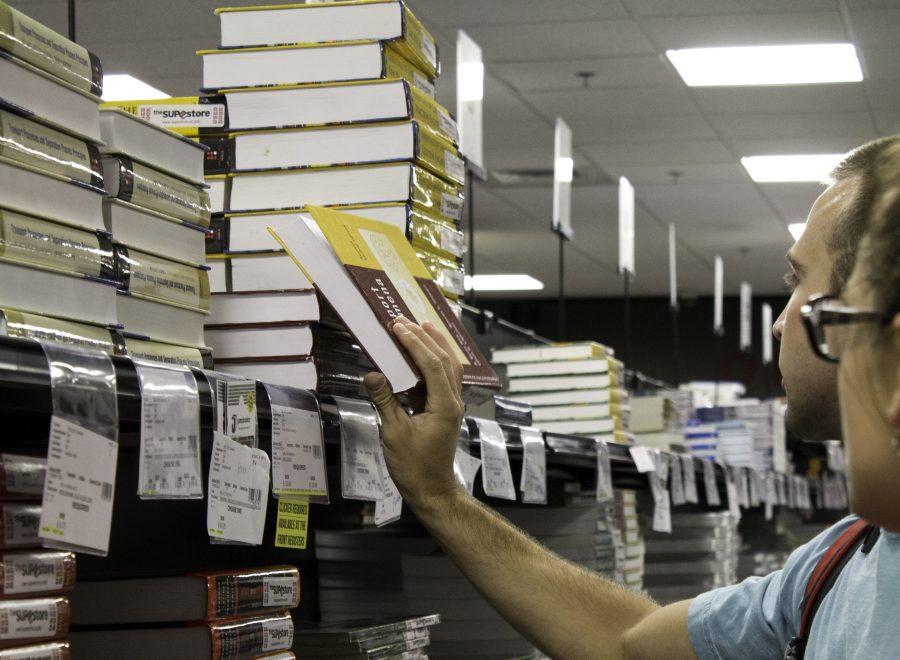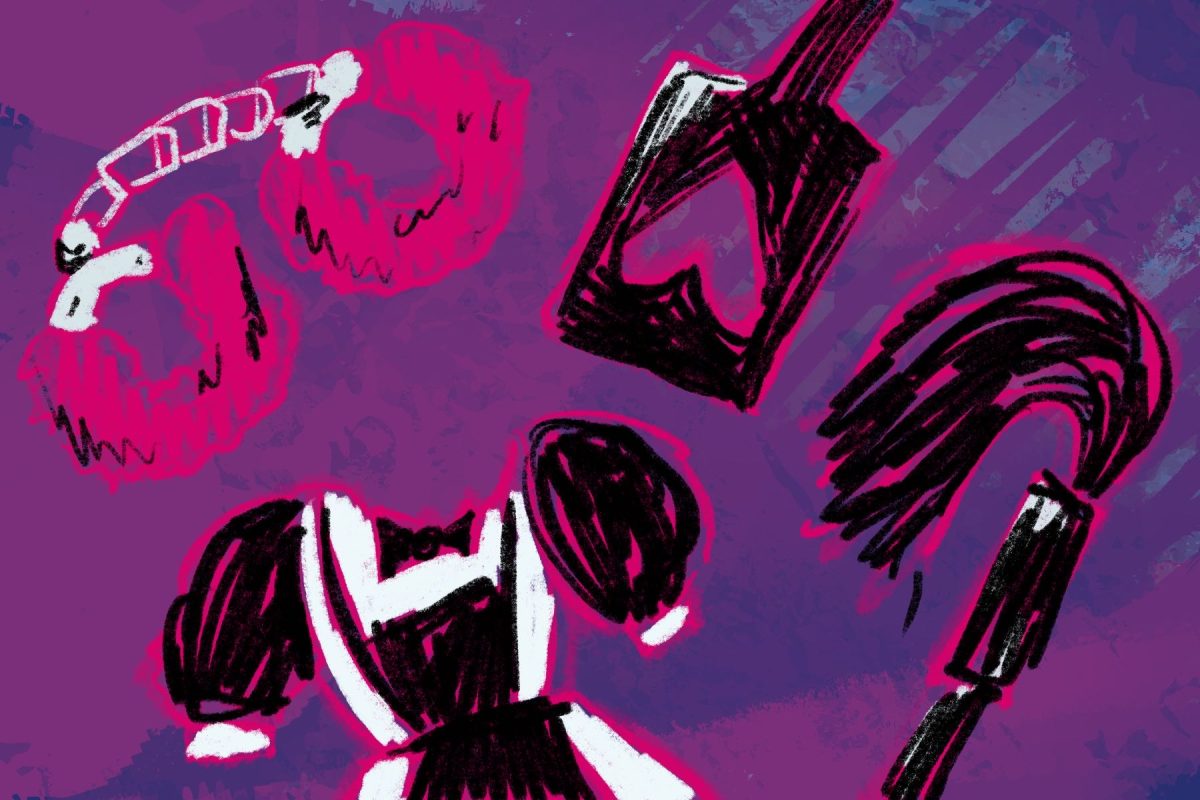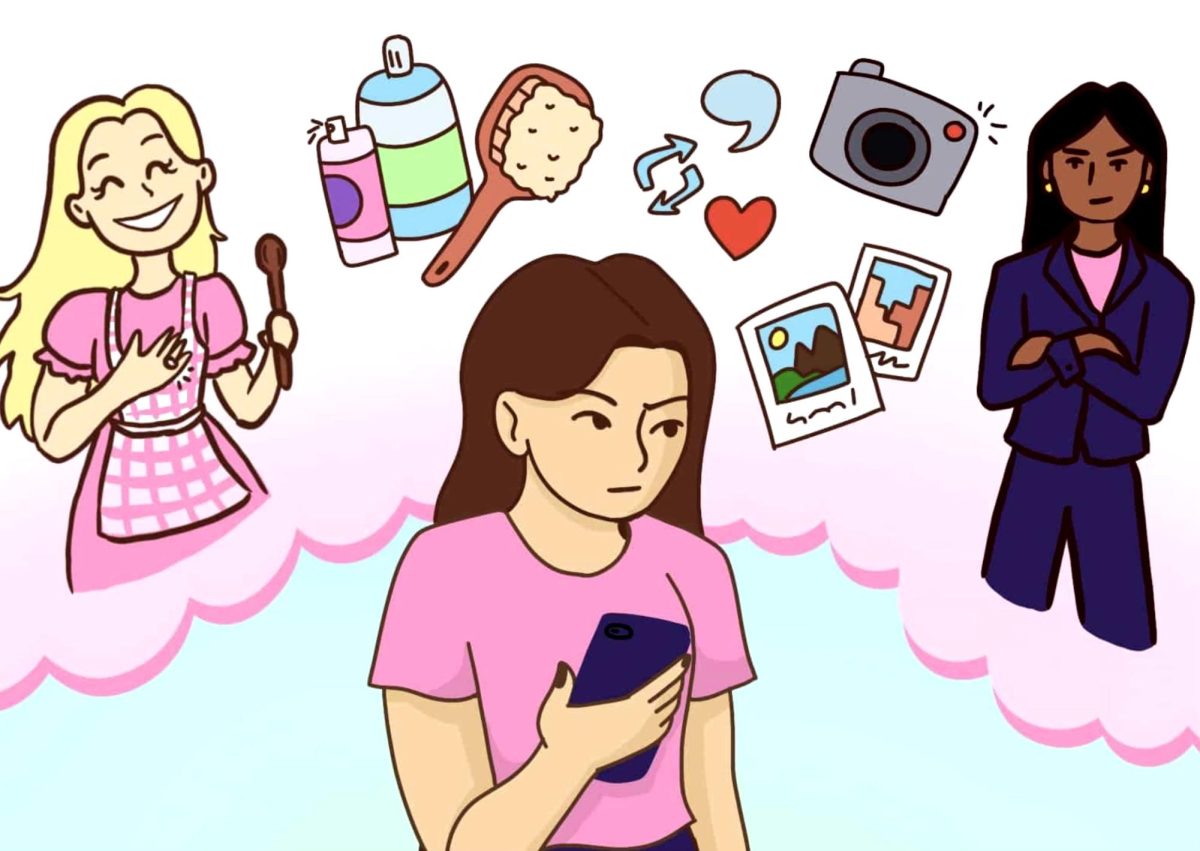Education is said to be one of the great equalizers in our society. Accessibility to quality education has been hailed as a solution to poverty, social injustices, and systematic oppression.
As much as we might praise the idea of making quality education accessible, we fail at actually doing so.
In modern America, academic inequality is a pervasive problem. From pay-to-play pre-school to high schools being funded by local property taxes to the ridiculously prohibitive costs of higher education, America frequently fails in achieving its goal of academic accessibility. Perhaps one of the more ludicrous elements prohibiting access, or at least placing unnecessary hurdles, to quality higher education is the cost of college textbooks.
According to the College Board, the average student needs to budget more than $1200 per year for books and supplies. That is no small chunk of change. That money can be a huge obstacle for many students trying to make ends meet, and a rather large financial burden for many more. Unfortunately, matters are only going to get worse. The price of textbooks rose at three times the rate of inflation between 2002 and 2012 and shows no signs of slowing down, according to the U.S. Government Accountability Office.
The root of the problem is a failure in their marketplace. Instead of consumers choosing from competing companies, which leads to lower prices, students have their choice dictated by professors, thus creating artificially high prices where publishers can make massive profits.
Luckily, there may be a solution: open textbooks. “Open textbooks” are standard, peer-reviewed textbooks written by education professionals and released online under an open license, permitting everyone to freely use, print, share and adapt the material. Universities, governments, and non-profits pay academic professionals to create a textbook and then simply release them online for free.
The early results have been extraordinary. For example, the Bill and Melinda Gates Foundation has already created open textbooks for Biology, Chemistry, Physics, Anatomy, etc. classes. The books are peer-reviewed, high quality, and indistinguishable from regular textbooks – except 100 percent less expensive.
Dozens of universities, including the University of Minnesota, utilize open textbooks in some capacity, saving their students millions of dollars. In fact, an analysis by The Student PIRGs found that simply replacing just Psychology 101 textbooks with open versions at every college in the U.S. would save students almost $200 million.
Here at Alabama, we have the chance to do be part of that movement. Right now. This Thursday night, a group of SGA senators will introduce a piece of legislation instructing the vice president of Academic Affairs, Emily Cerrina, to work with the administration to pilot a new program to look into adopting open textbooks.
This isn’t a conservative, or libertarian, or even a liberal issue – this is a student issue, and we as students need to come together to fight for our interests and make quality education just a little more accessible for all.
Mike Smith is a sophomore majoring in economics. His column runs biweekly.









